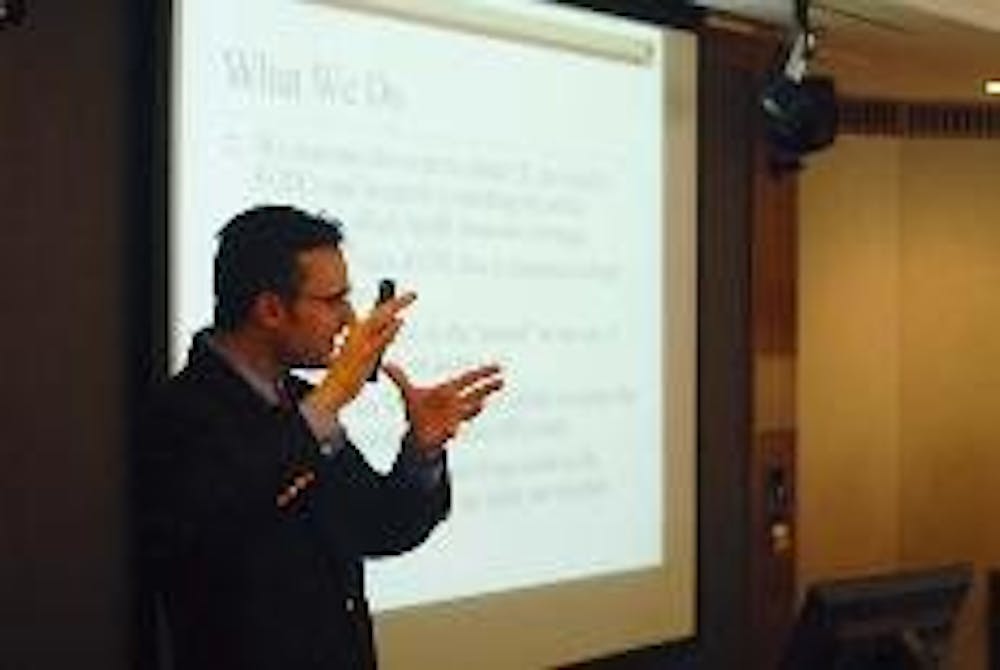While reading a survey, Anthony Lo Sasso became intrigued when he noticed a woman had said she did not need private health insurance because she could "get around it."
That response led the professor of Health Policy and Administration at the University of Illinois, Chicago, to examine the question: "Why are so many people uninsured?"
In a Leonard Davis Institute research seminar, held for an audience of about 40 at the Colonial Penn Center on Friday, Lo Sasso discussed the impact of the so called "safety net" on health insurance.
The safety net is defined by the Institute of Medicine as "providers that organize and deliver a significant level of health care to uninsured, Medicaid and other vulnerable patients."
Over 40 million Americans lack health insurance, and Lo Sasso said the decision to take up health insurance "depends on alternative ways to obtain health care," like the safety net.
Federally Qualified Health Centers - organizations that provide care to the uninsured and underinsured - "serve a great number of people," he said.
In 2000, for instance, non-federal hospitals provided $21 billion in unpaid care.
A large part of Lo Sasso's study focused on children under the age of 14. He found that a 50-percent increase in charity hospital care increased the lack of insurance among kids by about 2 percent.
He said an increase in Medicaid eligibility corresponds to a decrease in hospital charity.
"As more kids get covered, there should be fewer uninsured kids and less uncompensated care," Lo Sasso added.
Tax appropriations are thought to have a large effect on hospital charity, he said.
Each tax dollar provided by states or local governments leads to a 31-cent increase in charity, he said. Similarly, each dollar of federal grant money received by clinics leads to an additional 55 cents in Federally Qualified Health Center uncompensated care.
Lo Sasso said that his study indicates that the crowding out of private health insurance may not be a substantial problem for safety-net care, and that he plans to pursue related topics.
Audience member Thomas Hou, a College sophomore and Leonard Davis Institute student researcher, said health care is an important topic that drives his own research.
"It's something that should be focused on," he said. "I'm going to look especially at the conditions that lead to uncompensated care."



